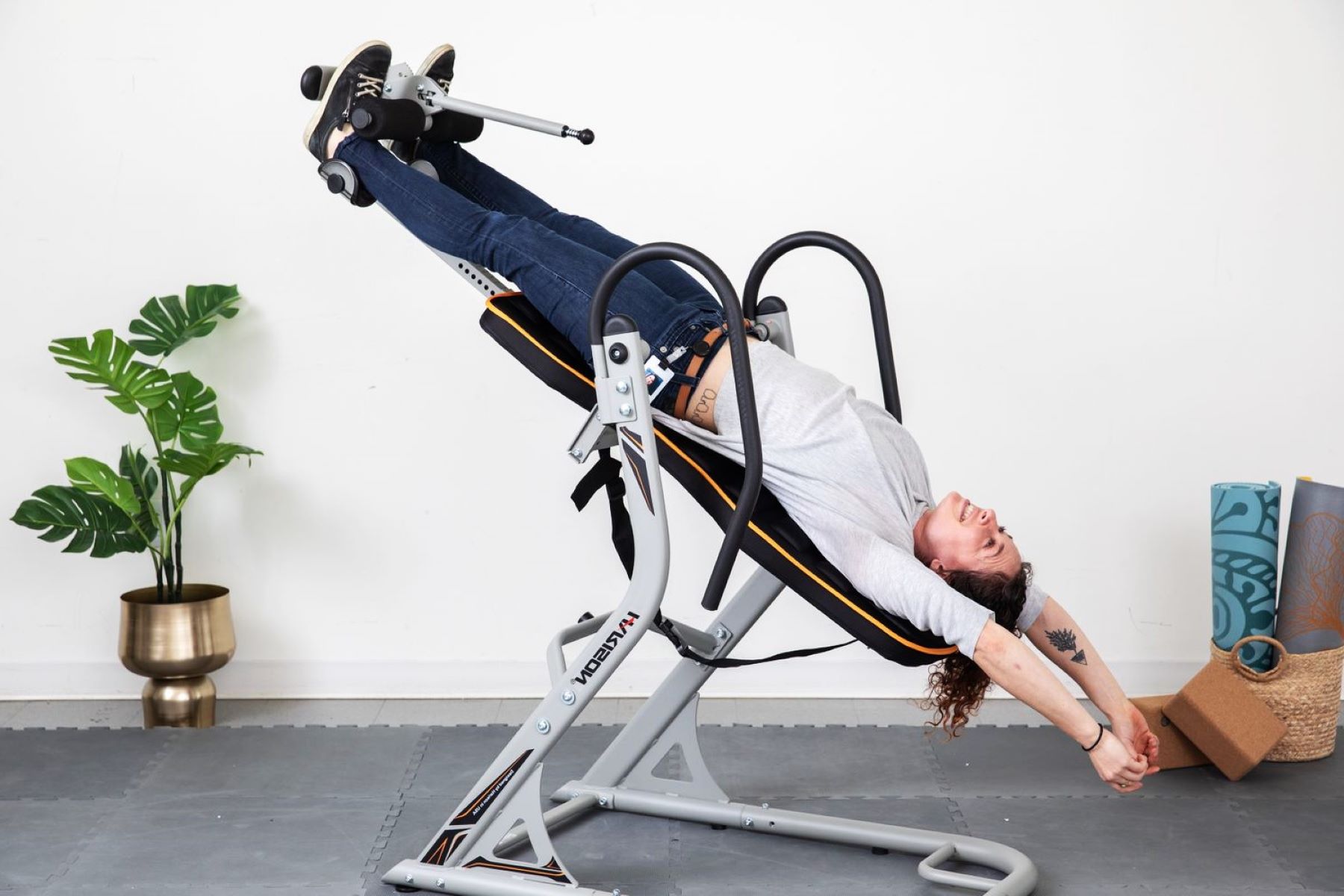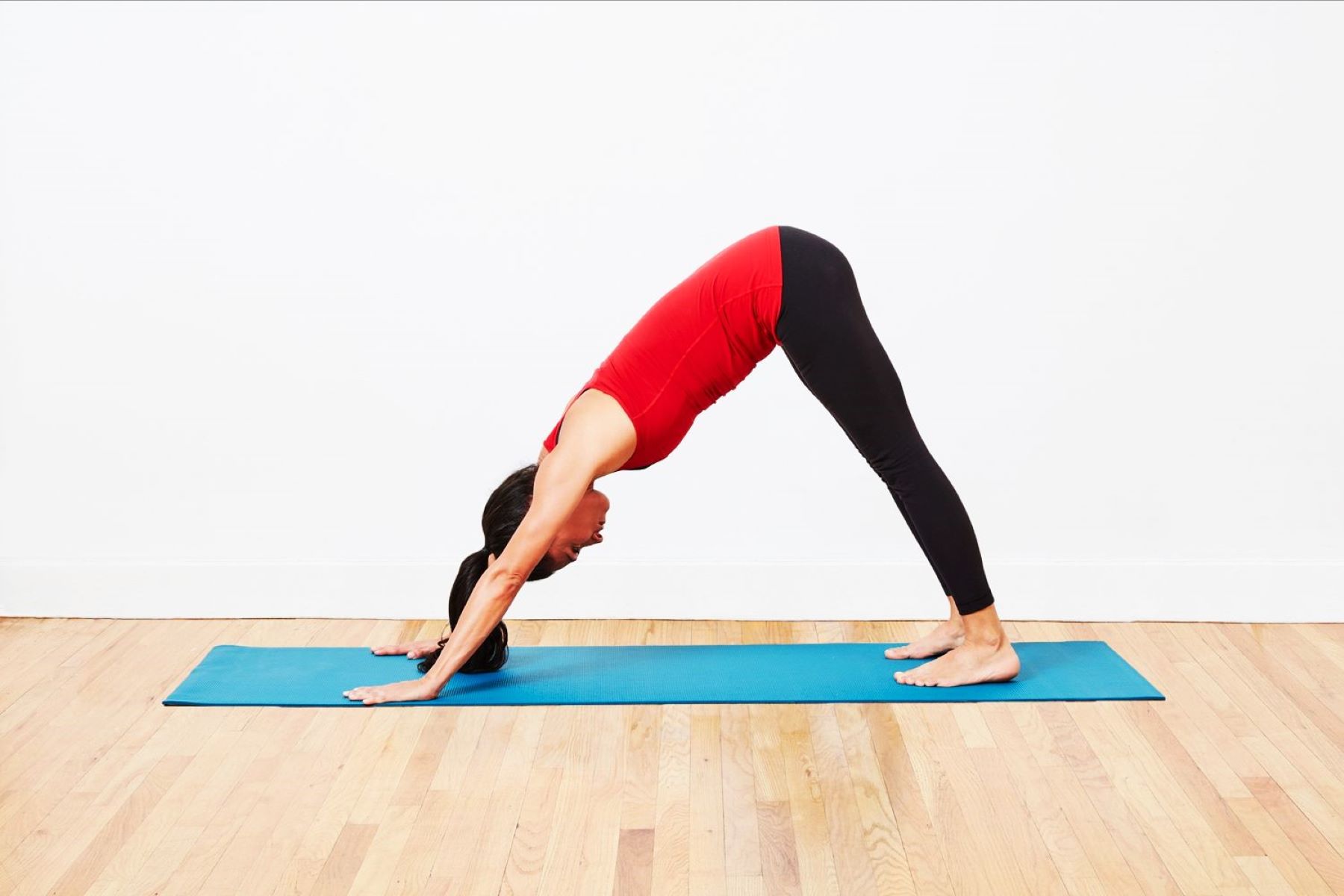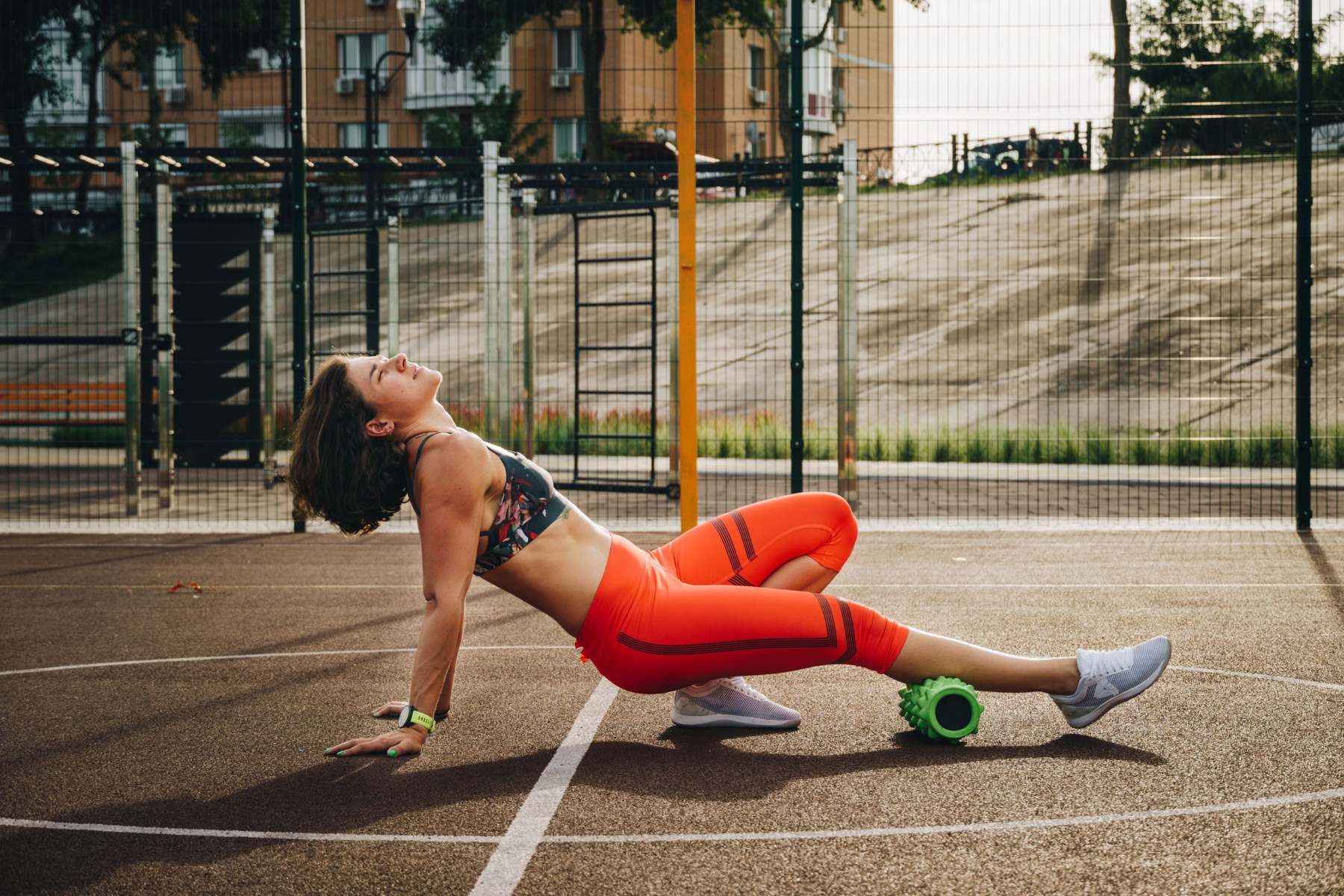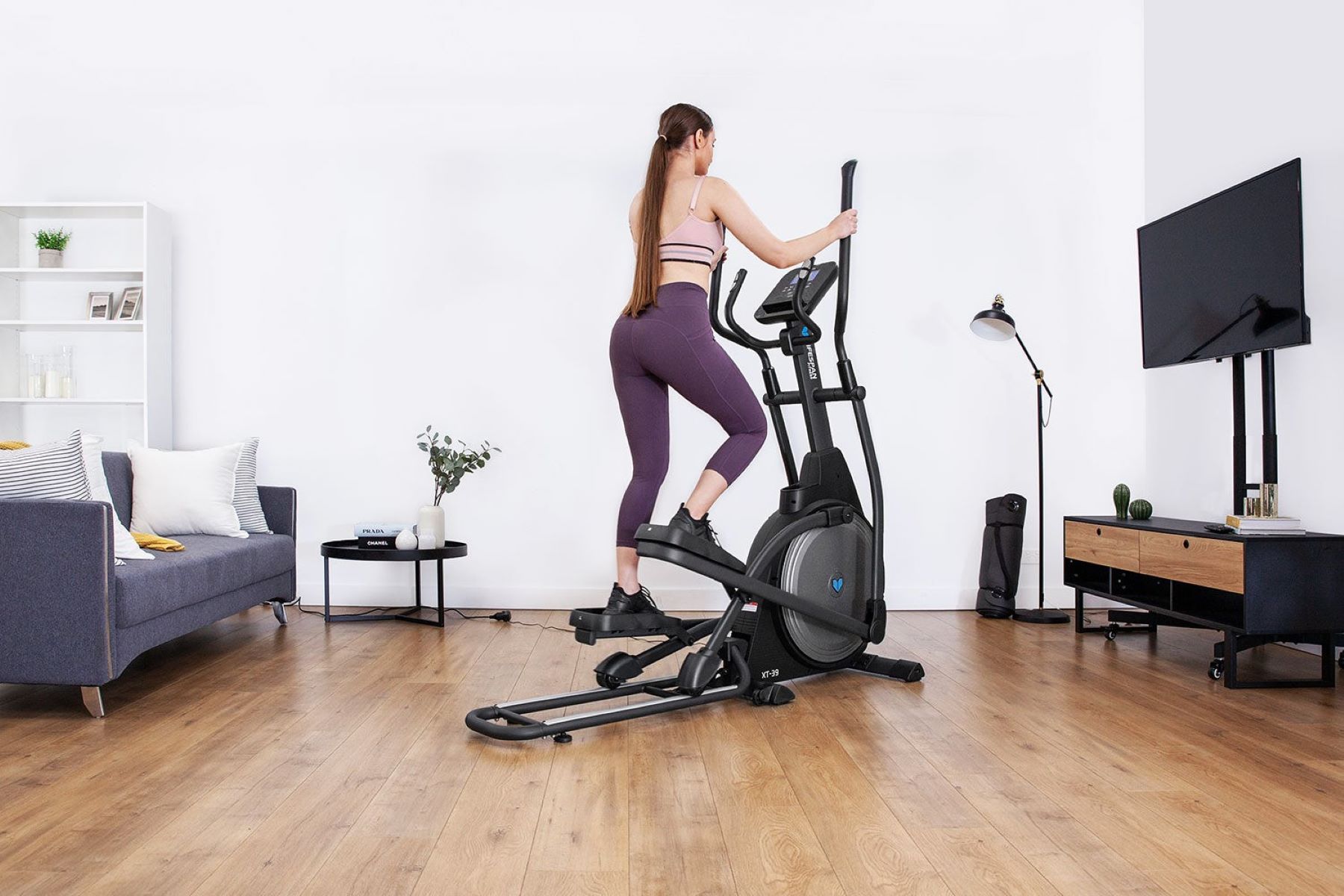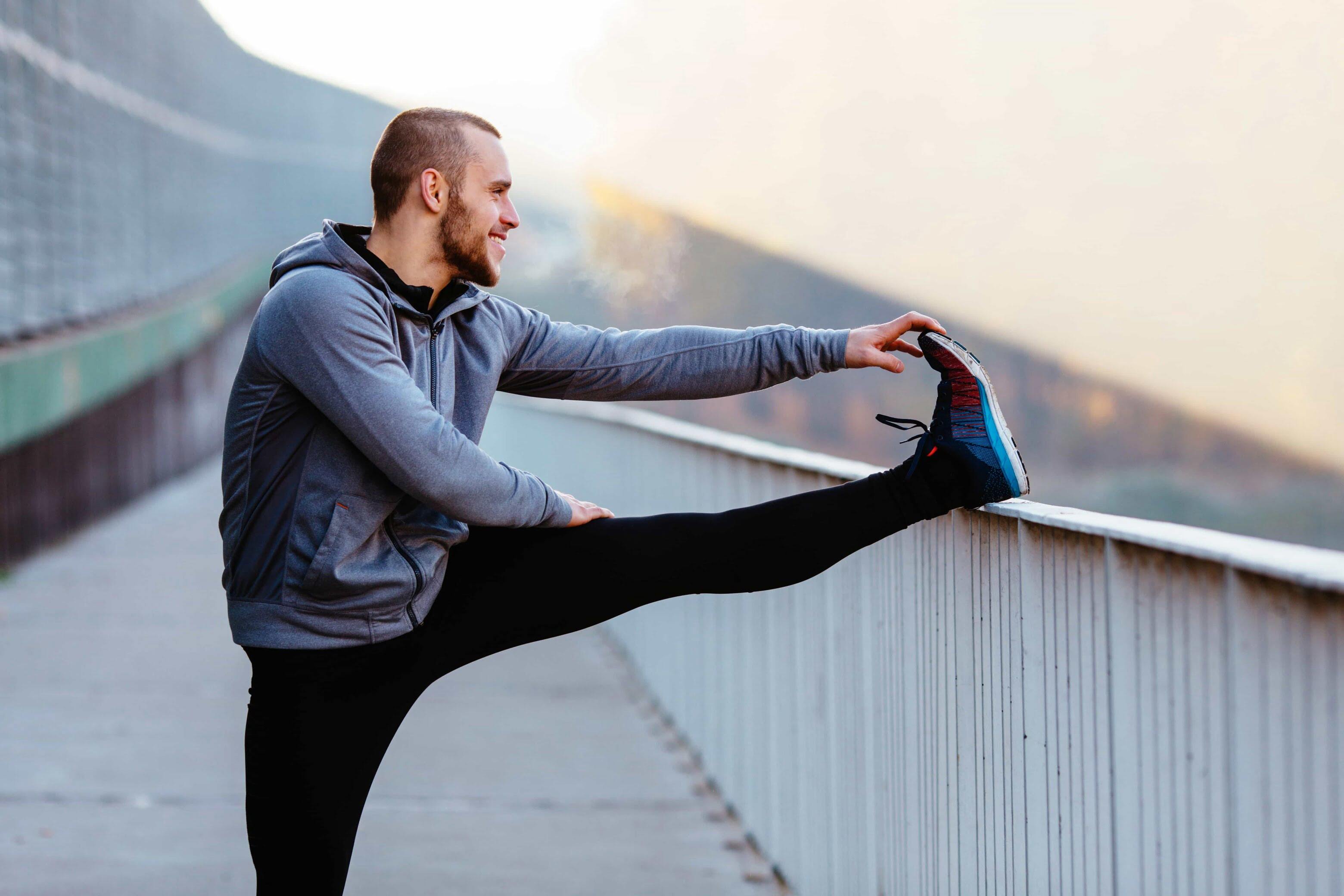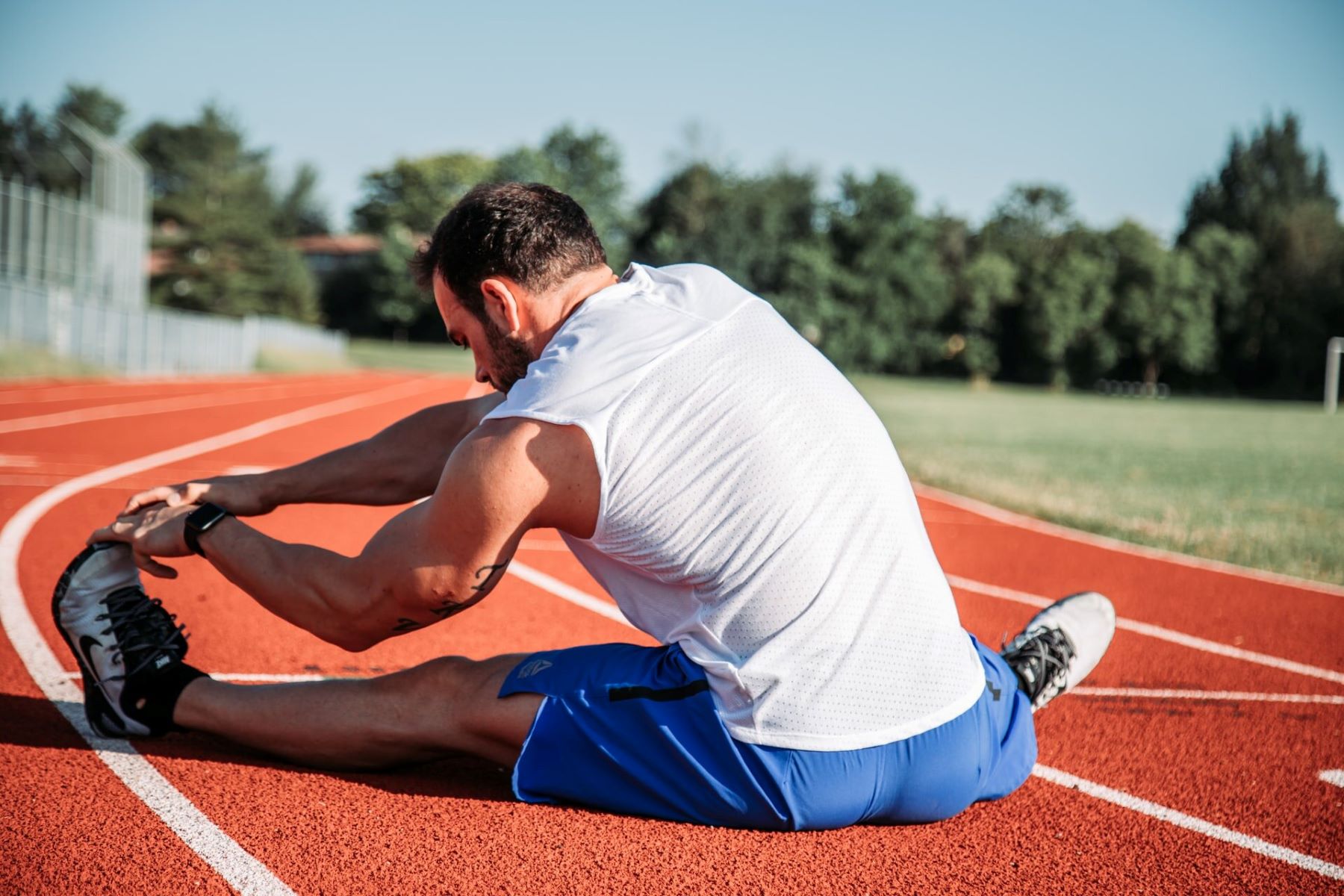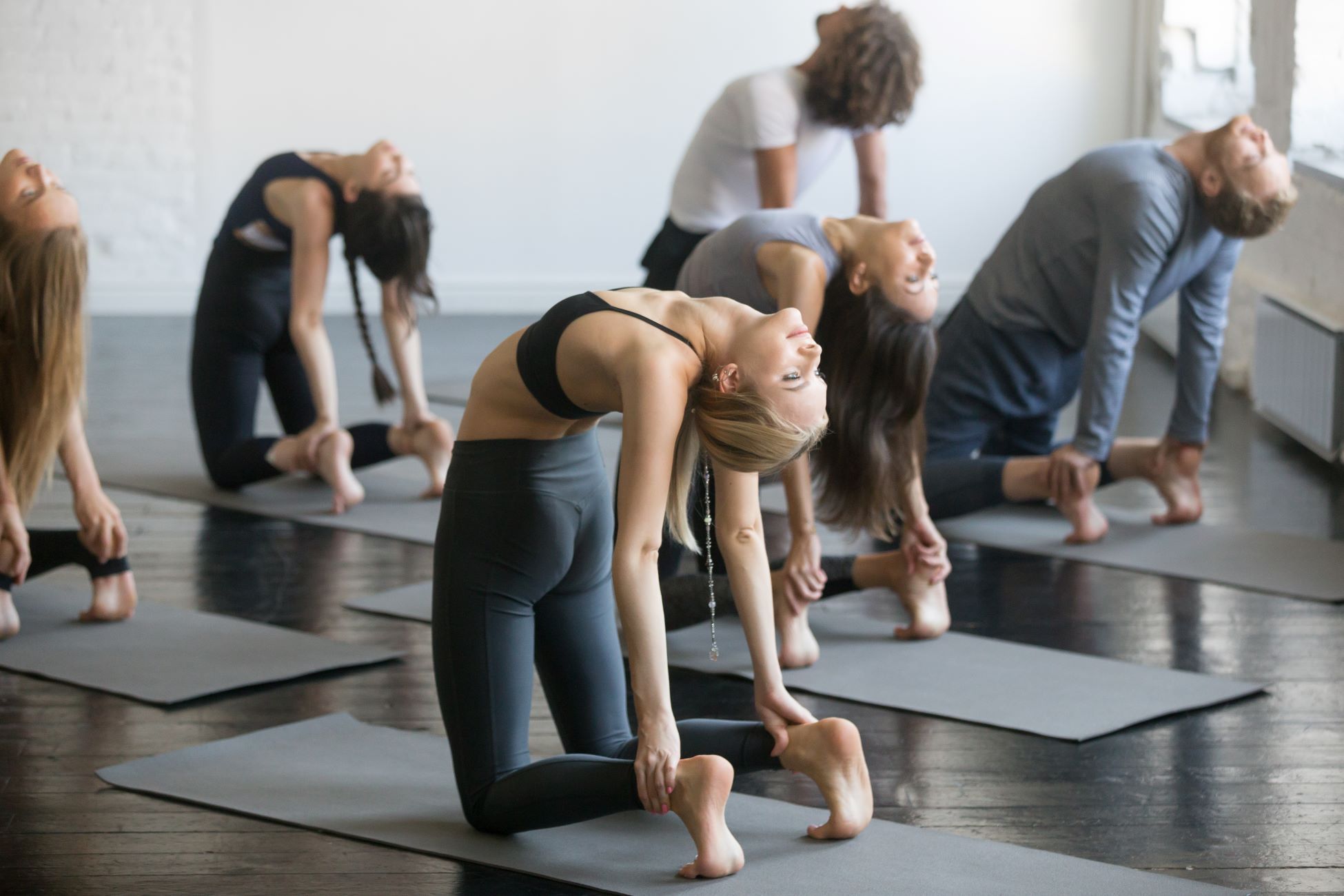Home>Health & Nutrition>Recovery>Yoga Flow For Runners: Post-Run Recovery
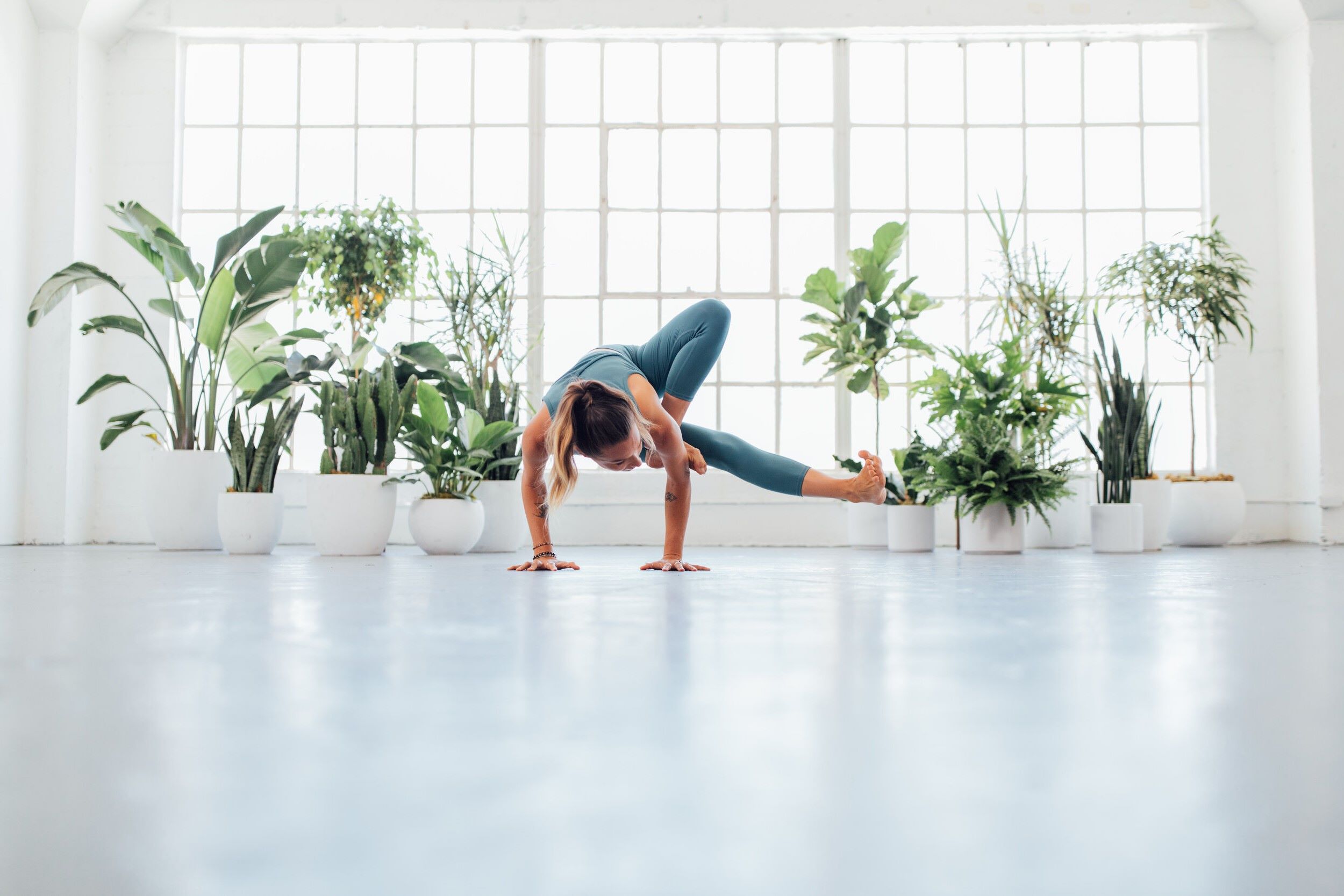

Recovery
Yoga Flow For Runners: Post-Run Recovery
Published: February 28, 2024
Enhance your post-run recovery with our yoga flow for runners. Rejuvenate your body and mind with targeted stretches and relaxation techniques. Achieve optimal recovery and performance.
(Many of the links in this article redirect to a specific reviewed product. Your purchase of these products through affiliate links helps to generate commission for Therunningadvisor.com, at no extra cost. Learn more)
Table of Contents
Benefits of Yoga for Runners
Yoga offers a myriad of benefits for runners, complementing their physical training and enhancing overall performance. Incorporating yoga into a runner's routine can lead to improved flexibility, strength, and mental focus. Here are the key advantages of integrating yoga into a runner's regimen:
-
Enhanced Flexibility: Yoga involves a series of poses that target various muscle groups, promoting flexibility throughout the body. For runners, this can be particularly beneficial as it helps to alleviate muscle tightness and reduce the risk of injury.
-
Improved Strength: Many yoga poses require engaging and holding specific muscle groups, leading to enhanced strength and stability. This is advantageous for runners as it can contribute to better posture, form, and overall muscular endurance.
-
Injury Prevention: By engaging in yoga, runners can address muscle imbalances and strengthen stabilizing muscles, which can help prevent common running-related injuries. Additionally, the focus on alignment and body awareness in yoga can aid in identifying and addressing potential issues before they escalate.
-
Mental Clarity and Focus: The meditative aspect of yoga can help runners cultivate mental focus and clarity, which is essential for maintaining a strong and resilient mindset during long runs and challenging races.
-
Stress Reduction: Yoga provides an opportunity for runners to unwind, relax, and release tension, both physically and mentally. This can be particularly beneficial for managing the stress and pressure associated with intense training schedules and competitive events.
-
Improved Breathing Techniques: Many yoga practices emphasize conscious breathing, which can be advantageous for runners seeking to optimize their breathing patterns and lung capacity during runs.
By recognizing and embracing these benefits, runners can harness the power of yoga to complement their training, promote recovery, and elevate their overall performance.
Importance of Post-Run Recovery
After completing a demanding run, the body undergoes a series of physiological changes and stressors. It is during the post-run phase that the body's recovery process plays a pivotal role in optimizing performance, preventing injuries, and promoting overall well-being. Recognizing the significance of post-run recovery is essential for runners aiming to maintain their physical health and enhance their endurance.
Post-run recovery encompasses a range of activities and practices designed to facilitate the body's healing and adaptation following a run. This phase is crucial for replenishing energy stores, repairing muscle tissue, and restoring the body's equilibrium. By understanding the importance of post-run recovery, runners can effectively manage fatigue, reduce the risk of overuse injuries, and expedite the recovery process.
One of the primary objectives of post-run recovery is to address the physiological stress placed on the body during a run. Engaging in recovery activities such as gentle stretching, foam rolling, and yoga can help alleviate muscle tension, enhance flexibility, and promote circulation, thereby expediting the removal of metabolic by-products and reducing muscle soreness.
Moreover, post-run recovery plays a vital role in replenishing glycogen stores and facilitating muscle repair. Consuming a balanced post-run meal rich in carbohydrates and protein can aid in replenishing energy reserves and supporting muscle recovery. Additionally, adequate hydration is essential for restoring fluid balance and promoting efficient nutrient transport to the muscles.
Furthermore, the post-run phase offers an opportune moment for runners to engage in activities that promote mental relaxation and emotional well-being. Practices such as meditation, deep breathing exercises, and gentle yoga can help reduce stress, enhance mental clarity, and foster a sense of calmness, which is beneficial for overall recovery and performance optimization.
By recognizing the importance of post-run recovery and integrating targeted recovery strategies into their routine, runners can effectively manage fatigue, reduce the risk of overuse injuries, and expedite the body's healing process. Embracing post-run recovery as an integral part of the training regimen can lead to improved performance, enhanced resilience, and a sustainable approach to long-term running success.
Key Yoga Poses for Post-Run Recovery
After completing a demanding run, integrating specific yoga poses into the post-run recovery routine can significantly aid in alleviating muscle tension, enhancing flexibility, and promoting overall relaxation. These key yoga poses are tailored to address the areas of the body that are commonly impacted during running, offering targeted relief and rejuvenation.
-
Downward-Facing Dog (Adho Mukha Svanasana): This foundational yoga pose stretches the calves, hamstrings, and lower back, which are often tight and fatigued after a run. By elongating these muscle groups, runners can alleviate post-run stiffness and enhance overall flexibility.
-
Low Lunge (Anjaneyasana): The low lunge pose targets the hip flexors and quadriceps, providing a deep stretch to counteract the repetitive motion of running. This pose helps release tension in the hip area, promoting improved mobility and reducing the risk of hip-related discomfort.
-
Pigeon Pose (Eka Pada Rajakapotasana): Pigeon pose is particularly beneficial for runners as it targets the hip rotators and flexors, areas that often bear the brunt of the impact during running. By releasing tension in the hips, runners can experience enhanced flexibility and reduced tightness in the hip region.
-
Seated Forward Bend (Paschimottanasana): This seated yoga pose offers a gentle stretch for the hamstrings and lower back, promoting relaxation and alleviating muscle tightness. By incorporating this pose into the post-run recovery routine, runners can facilitate the release of tension in the posterior chain, supporting overall recovery.
-
Reclining Bound Angle Pose (Supta Baddha Konasana): This restorative pose targets the inner thighs and groin, areas that can become tight and fatigued during running. By reclining in this posture, runners can experience a soothing stretch that promotes relaxation and aids in releasing tension in the lower body.
-
Corpse Pose (Savasana): As the final relaxation pose, savasana allows runners to fully unwind and relax the entire body. By practicing deep breathing and mental relaxation in this pose, runners can promote overall recovery and rejuvenation, while cultivating a sense of calmness and mental clarity.
Incorporating these key yoga poses into the post-run recovery routine can effectively address the specific areas of the body impacted by running, promoting enhanced flexibility, alleviating muscle tension, and fostering a sense of relaxation. By embracing these targeted yoga poses, runners can optimize their recovery process and support their overall well-being as they continue to pursue their running goals.
Creating a Yoga Flow for Post-Run Recovery
Crafting a tailored yoga flow specifically designed for post-run recovery is a strategic approach to optimize the body's healing process and promote overall well-being. By seamlessly integrating a sequence of yoga poses, runners can effectively address the physical and mental demands of their post-run phase, fostering rejuvenation and enhancing recovery. The artful curation of a yoga flow for post-run recovery involves thoughtful consideration of the body's needs after a run, encompassing targeted stretches, gentle movements, and mindful breathing techniques.
Commencing the yoga flow with gentle standing poses such as Mountain Pose (Tadasana) and Forward Fold (Uttanasana) can serve as an initial transition from the intensity of the run to the restorative phase. These poses facilitate a gradual release of tension in the legs and lower back, allowing runners to ease into the recovery process while promoting relaxation and grounding.
Transitioning into low lunges, seated spinal twists, and gentle backbends can further address the specific areas of the body impacted during running, offering targeted relief to the hips, spine, and lower body. These poses aid in alleviating muscle tightness, enhancing flexibility, and promoting circulation, which are essential components of post-run recovery.
Incorporating restorative poses such as Child's Pose (Balasana) and Reclining Bound Angle Pose (Supta Baddha Konasana) into the yoga flow can provide a soothing respite for the body, allowing runners to deeply relax and release tension in the muscles. These restorative poses offer a tranquil interlude, fostering a sense of calmness and mental relaxation, which are integral aspects of the recovery process.
As the yoga flow progresses, integrating inversions such as Legs-Up-the-Wall Pose (Viparita Karani) and gentle backbends like Bridge Pose (Setu Bandhasana) can promote circulation, reduce swelling in the legs, and offer a rejuvenating effect on the body. These poses encourage a gentle inversion of the body, facilitating the return of blood flow from the lower extremities and promoting overall relaxation.
The culmination of the yoga flow with a prolonged Savasana (Corpse Pose) allows runners to fully surrender to relaxation, integrating the benefits of the preceding poses and fostering a deep sense of rejuvenation. Embracing deep breathing and mental clarity in this final relaxation pose can further enhance the body's recovery process and promote a tranquil state of being.
By curating a purposeful yoga flow for post-run recovery, runners can harness the transformative power of yoga to optimize their recovery, alleviate muscle tension, and cultivate a harmonious balance between physical restoration and mental rejuvenation. This intentional integration of yoga into the post-run routine offers a holistic approach to recovery, supporting runners in their pursuit of sustained well-being and enhanced performance.
Tips for Incorporating Yoga into Your Post-Run Routine
Integrating yoga into your post-run routine can be a transformative addition to your overall training regimen, offering a holistic approach to recovery and well-being. To effectively incorporate yoga into your post-run routine, consider the following tips:
-
Consistency is Key: Establish a consistent post-run yoga practice to reap the full benefits of recovery. Aim to integrate yoga into your routine immediately after your run, as this is when your muscles are warm and receptive to stretching and relaxation.
-
Mindful Breathing: Emphasize the importance of mindful breathing during your post-run yoga practice. Deep, intentional breathing can aid in relaxation, reduce stress, and promote oxygen flow to aid in muscle recovery.
-
Tailored Yoga Sequences: Customize your post-run yoga sequences to address the specific areas of your body that are impacted by running. Focus on poses that target the legs, hips, lower back, and shoulders to alleviate muscle tension and promote flexibility.
-
Gentle Stretching: Prioritize gentle stretching and gradual movements to ease your body into the recovery phase. Avoid intense or strenuous poses immediately after a run, and instead, opt for gentle stretches that allow your muscles to release tension gradually.
-
Restorative Poses: Incorporate restorative yoga poses to facilitate deep relaxation and rejuvenation. Poses such as Child's Pose, Legs-Up-the-Wall, and Corpse Pose can offer a tranquil respite, allowing your body to unwind and recover effectively.
-
Hydration and Nutrition: Following your post-run yoga practice, prioritize hydration and nourishment. Replenish your body with water and a balanced post-run meal to support muscle recovery and replenish energy stores.
-
Mind-Body Connection: Cultivate a strong mind-body connection during your post-run yoga practice. Focus on being present in the moment, acknowledging the sensations in your body, and embracing the opportunity for mental relaxation and clarity.
-
Progressive Relaxation: Incorporate progressive relaxation techniques into your post-run yoga routine. By consciously releasing tension from different muscle groups, you can enhance the overall recovery process and promote a sense of calmness.
By implementing these tips, you can seamlessly integrate yoga into your post-run routine, harnessing its transformative potential to optimize recovery, promote flexibility, and foster a balanced approach to your running journey. Embrace the synergy of yoga and running to nurture your body, mind, and spirit, ultimately enhancing your overall well-being and performance.

